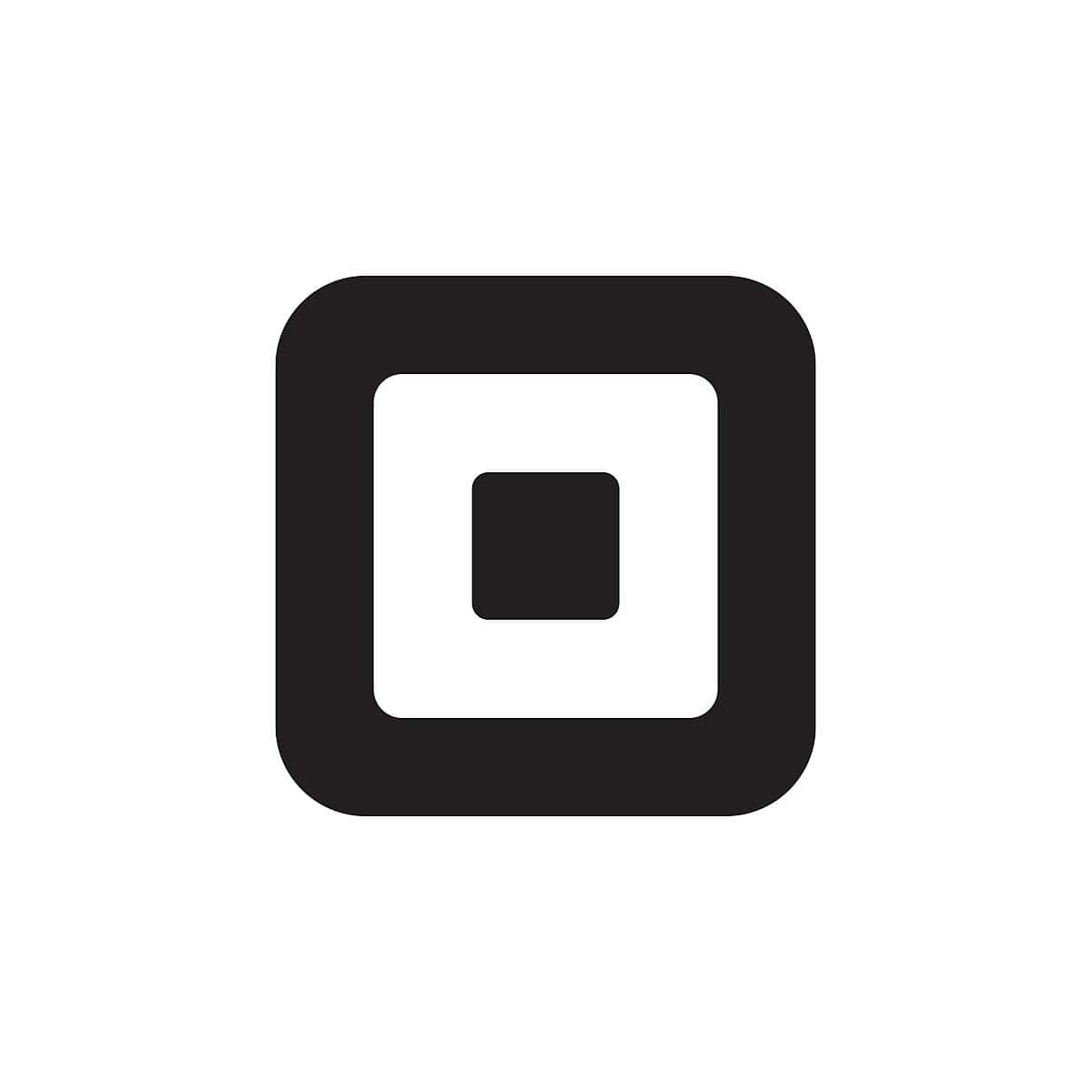The next step you should take in starting your business is to create a solid online presence and marketing plan.
Your business’s online presence is the overall impact of your brand’s website, review pages, and social media interactions. Essentially, your online presence is made up of everything your brand has done online.
Work to create a strong online presence from the very beginning by building a beautiful and easy-to-navigate website and registering your business with business directories, such as Google My Business and Yelp.
Mobile-friendliness can’t be understated, either — 63% of online searches take place on phones and similar mobile devices, per Statista. If your site struggles with mobile formats, you’re missing out on business opportunities.
Finding & Keeping Customers
As you build up your business’s online presence, you should also consider the ways you will draw customers to your business. Make a plan for acquiring and retaining clients. Will you purchase online advertisements or claim an ad spot on the radio? Will you place ads on billboards or in the local newspaper? Will you partner with local businesses and rely on them for new customers?
No matter what you decide, make sure you have a plan for your marketing approach. And if your attempt doesn’t pan out, adjust your marketing strategy, and try again.











